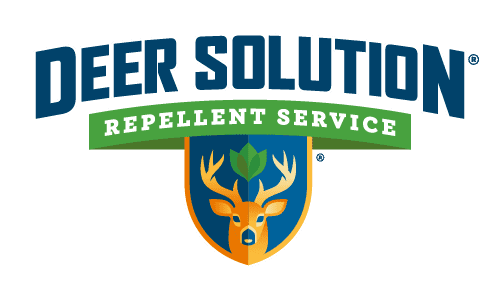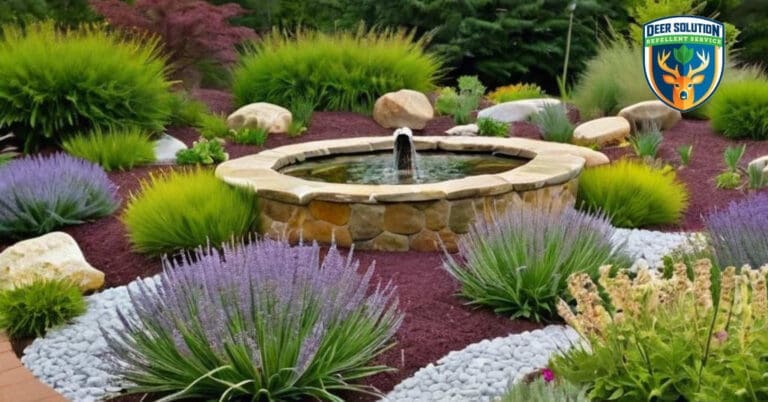Lamb’s ears, known scientifically as Stachys byzantina, add both whimsy and tactile texture to many gardens with their soft, fuzzy foliage. These perennial plants are not only aesthetically pleasing but also offer a unique sensory experience, drawing attention from not just gardeners but also local wildlife, including deer. Understanding deer behavior is crucial for gardeners aiming to protect their lamb’s ears and maintain vibrant, intact gardens.
Do Deer Eat Lamb’s Ears?
While lamb’s ears are not typically the first choice for deer, these animals may nibble on them if their preferred food sources are scarce. Deer are opportunistic feeders, and their diet can vary based on what’s available. Lamb’s ears’ velvety leaves and stems, appealing to human touch, provide little resistance against a hungry deer. Gardeners should recognize that the risk of deer feeding increases particularly when natural food sources diminish.
Factors Influencing Deer Diets
Several elements affect the dietary preferences of deer, making some garden plants more susceptible to browsing:
- The availability of preferred food sources significantly influences deer choices.
- The local deer population density, which can heighten competition for food and lead to increased plant browsing.
- Seasonal changes that affect plant availability, with deer diets varying more during scarce food periods.
- Weather conditions, such as droughts or heavy snow, can also limit natural forage, pushing deer to seek alternative sources, including lamb’s ears.
Young deer, in particular, are known to experiment with different plants, sometimes including those like lamb’s ears that are typically considered less desirable. This exploratory behavior can pose unexpected challenges for gardeners.
Strategies to Protect Lamb’s Ears
Implementing a few eco-friendly strategies can significantly reduce the likelihood of deer damaging your lamb’s ears:
- Interplanting with Deer-Resistant Plants: Creating a buffer zone around lamb’s ears with plants known to be less appealing to deer, such as lavender and Russian sage, can naturally deter deer. These plants not only protect but enhance the garden’s aesthetic appeal.
- Utilizing Deer Solution’s Repellent Services: Deer Solution offers an eco-friendly, proprietary repellent service designed to keep deer away from your plants without harming them or the environment. These repellents are crafted to be unpleasant to deer yet completely safe for plants, pets, and humans, fitting seamlessly into a sustainable gardening approach.
Understanding deer behavior and employing strategic, eco-friendly deterrent methods allows gardeners to enjoy the unique beauty of lamb’s ears while minimizing the risk of deer damage. Regular monitoring for signs of deer activity, such as hoof prints or nibbled foliage, is also crucial. This proactive approach enables gardeners to implement protective measures effectively and maintain thriving landscapes.
Deer Solution specializes in eco-friendly solutions that help manage deer-related landscape challenges effectively. With decades of expertise, our proprietary repellent services ensure the health and beauty of your garden while respecting the natural ecosystem. By choosing Deer Solution, you opt for a partner that values the harmony between horticulture and wildlife conservation, offering customized solutions tailored to your garden’s specific needs.
In conclusion, while lamb’s ears are a delightful addition to any garden, understanding deer behavior and taking proactive, eco-friendly measures can protect these plants from becoming deer fodder. With the right combination of strategic plant choices and Deer Solution’s expert repellent services, your garden can flourish, safeguarded from the whims of local wildlife.








